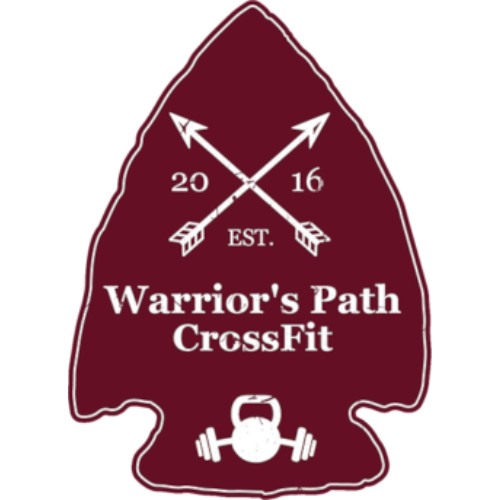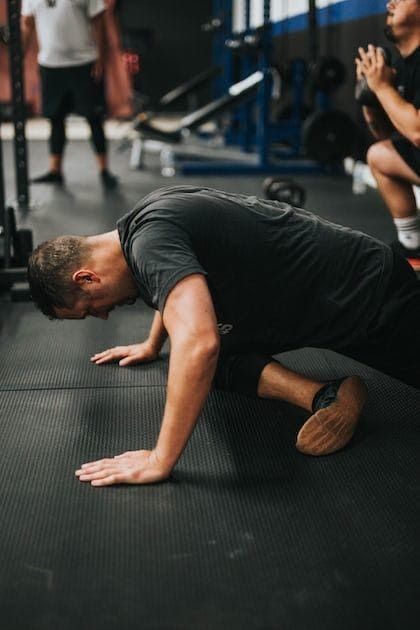Fran - A Test of Strength and Cardio
Coach Kris Perry-Tedesco • June 18, 2024
21-15-9 Elegant and Simple

One of the most common CrossFit workouts performed is the "Fran" workout. Fran is a benchmark workout that consists of the following:
21 thrusters (a combination of a front squat into a push press with a barbell)
21 pull-ups
15 thrusters
15 pull-ups
9 thrusters
9 pull-ups
The goal is to complete the workout as quickly as possible. It's known for its intensity and ability to quickly elevate heart rate and challenge both strength and cardiovascular endurance.
The workout Fran is notoriously challenging due to its combination of high-intensity movements performed in quick succession. It begins with thrusters, a compound exercise that combines a front squat with a push press, demanding significant lower body strength and explosiveness. Immediately following the thrusters are pull-ups, which require upper body strength and endurance. The workout is structured as a descending ladder, starting with 21 repetitions of each exercise and decreasing by 6 reps each round, making it physically demanding and mentally tough to maintain intensity throughout. Fran is designed to push athletes to their limits, testing both their strength and cardiovascular capacity within a short timeframe, thus earning its reputation as one of the most difficult and iconic CrossFit workouts.
Greg Glassman, the founder of CrossFit, named workouts with the intention of creating a distinctive and memorable fitness culture. His approach to naming workouts was both practical and philosophical:
1. **Memorability and Identity**: Glassman believed that giving workouts names like "Fran," "Murph," or "Helen" helped create a sense of identity and community within the CrossFit culture. These names made the workouts recognizable and memorable, fostering a shared experience among CrossFit athletes worldwide.
2. **Honoring Athletes and Heroes**: Some workouts are named in honor of military servicemen, firefighters, or police officers who have lost their lives in the line of duty. For example, the workout "Murph" is named after Navy Lieutenant Michael Murphy, who was killed in Afghanistan. These workouts serve as a tribute to their sacrifice and bravery.
3. **Functional and Varied Movement Focus**: The workouts themselves are designed to be functional and varied, focusing on movements that mimic real-life activities and prepare individuals for a broad range of physical challenges.
Overall, Glassman's naming strategy was part of his broader vision to create a fitness methodology that emphasized functional movements, intensity, and community support, encapsulating the spirit of CrossFit beyond just physical exercise.
Previous WODs
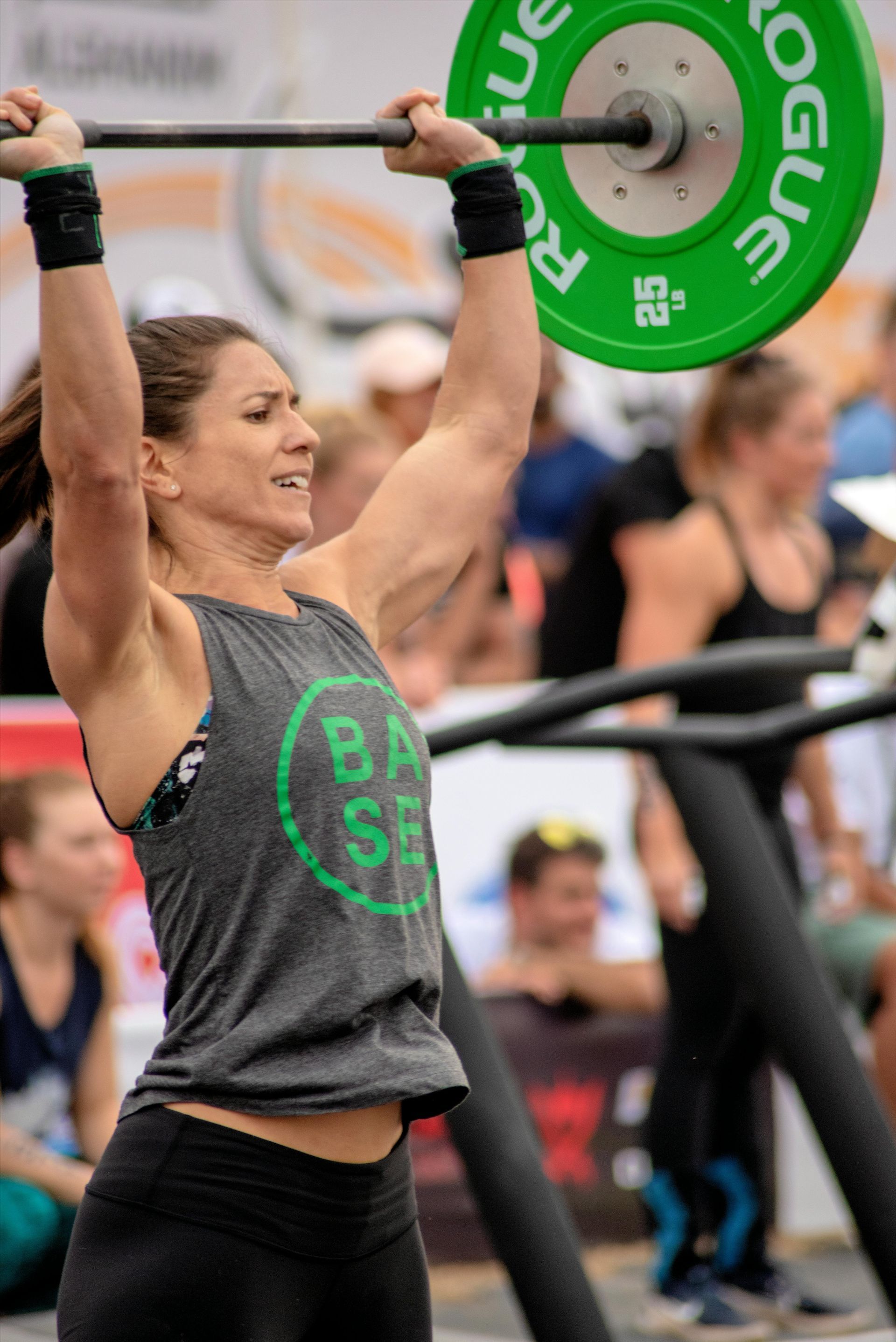
No one remembers exactly when it started, but at some point, a phrase began echoing through the gym: “Finish like it matters.” It wasn’t shouted. It wasn’t printed on a t-shirt. It was just something the community started to believe. At first, it was about the workout: Don’t sandbag the last 10 seconds. Don’t give up on that final pull up. Don’t coast through the cool-down like it’s optional. But over time, it grew into something bigger. People started living that way. They showed up not just to sweat—but to grow and learn. Not just to check the box—but to lead by example and move with intension. Not just for PRs—but for purpose. One morning, an older member who’d been quiet for months hit a 200 lb deadlift for the first time. Everyone roared. She stood there, hands shaking, and said, “I didn’t think I could still get stronger at my age.” Another member brought in his teenager—“just to try it”—and by the end of class, they were working side by side, breathing hard, laughing like teammates. Bill started cheering newcomers through their first workouts, reminding them to start with mechanics, stay consistent, and earn their intensity. He was no longer just a survivor of Uncle Pukie. He was a mentor. A movement legacy. The final rep isn’t always the heaviest. Sometimes it’s the slowest, the cleanest, or the one you help someone else finish. And in that rep—in that choice to hold the standard—you realize: This was never just about fitness. It was about showing up for your life. Every rep. Every day. Every age. Every version of yourself. And that’s the real endgame. To fuel. To move. To grow. And when it’s your turn to take the final rep— to finish like it matters. ✨ This concludes the Hollow Body Heroes Series. Your journey isn’t over. It’s just beginning.

It began subtly. A few cleaner lunches. Less gas station energy drinks. Someone swapped a protein bar for actual protein. No one said anything… but something was up. Bill, once the proud bringer of post-WOD glazed donuts, showed up one Friday with—gasp—hard-boiled eggs and a banana. Everyone stared. He shrugged and said, “I just felt better after doing it last week. My deadlifts didn’t feel like death.” Whispers began to spread. “Have you seen Jill’s pull-ups since she started eating more fruits & veggies?” “Pretty sure Mike gave up late-night ice cream… he’s squatting like a machine.” Coaches had been saying it for months, but now it was hitting different: “You can’t out-train your fork.” “Fuel like you want to recover.” "Eat like you respect yourself." People started actually reading food labels. Water bottles multiplied. Meal prep memes popped up in the group chat. Even Bill, who once believed that Pop-Tarts and chocolate milk were a viable post-wod recovery protocol, started asking real questions: “So... how many grams of protein should I be eating?” And the craziest part? They didn’t get less fun. They just got faster recoveries, better moods, and way fewer mid-WOD regrets. They didn’t turn into robots. They just started fueling like humans who respected their own effort. It wasn’t a diet. It was a shift. It is a lifestyle. A quiet conspiracy of whole foods, hydration, and intentional choices that made every lift stronger, handstand longer, and every post-WOD hangout feel like earning something. And the best part? No one missed the donuts. Coming Soon: Part 8 — “The Final Rep” (A story about legacy, mindset, and what it really means to finish strong—on the floor, and in life.)
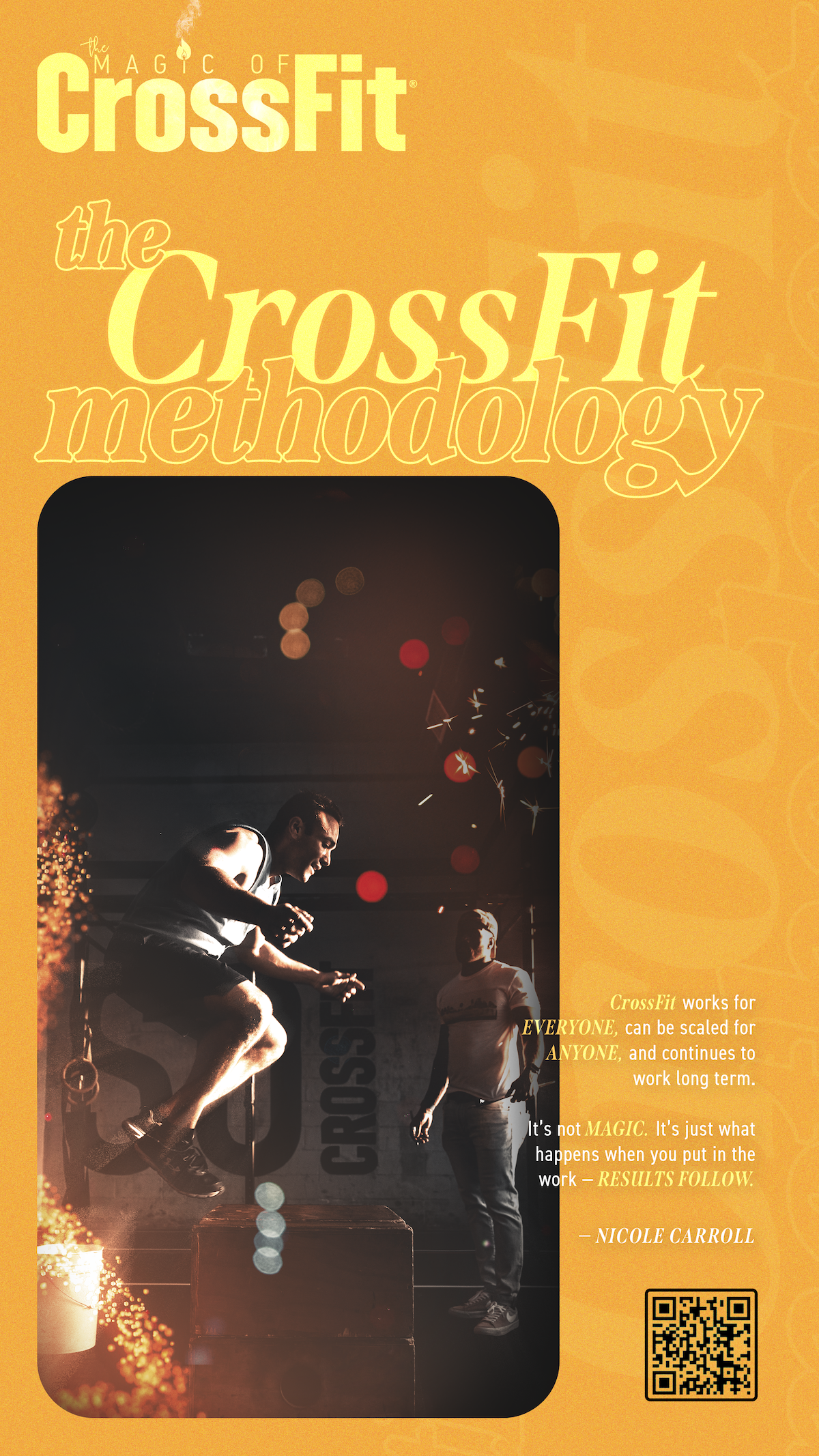
The gym had calmed into a rhythm—like a well-oiled GHD machine. No one expected to “get fit fast” anymore. They understood the game now. This wasn’t a 6-week shred. This was a forever pursuit. Enter: The Legends of the Long Game. They were the quiet ones. The ones who never missed a Monday. You might not notice them at first. They weren’t flashy. No PR parades. No shirtless barbell drops. But they were always there. Moving with intention. Logging workouts. Asking questions like: “How’s your sleep?” “What are you eating post-WOD these days?” “Did you pace that or redline it?” They were students of the process. Masters of the basics. And dangerously consistent. Newer athletes started catching on. They’d ask the coach for extra mobility tips. They’d track their hollow body holds by the second. They'd scale smarter instead of trying to survive workouts they weren’t ready for. And then… the results came. Not fast. Not flashy. But deep, durable, and undeniable. The Legends didn’t post their PRs. But they helped others get theirs. They didn’t chase the leaderboard. They chased longevity. They knew that progress wasn't about one big day—it was about a thousand quiet ones. They were proof that you don’t have to be the loudest in the gym to become the strongest. You just have to keep showing up. Keep moving. Keep learning. And over time? You become legendary. Coming Soon: Part 7 — “The Nutrition Conspiracy” (Where the box discovers the sneaky truth behind food, energy, and why they stopped thinking about donuts on deadlift day.)

Muscle vs. Fat: The Real Story You may have heard “muscle weighs more than fat,” but what that really means is that muscle is denser. A pound of muscle takes up less space in your body than a pound of fat. So as you gain strength and lose fat, your weight might stay the same—but your clothes fit better, your shape changes, and you feel stronger. Here’s what’s actually happening: You’re building lean muscle You’re losing body fat You’re improving your body composition And body composition is a far better indicator of health than weight alone. Why This Matters More Than a Number Think about this: Would you rather weigh less and feel weak, tired, or soft? Or weigh the same (or even more!) and feel strong, energetic, and lean? When you shift your focus from the scale to how you feel, perform, and move—you unlock real progress. 📏 Measurements change. 👖 Pants fit differently. 🏋️♀️ You lift more, move better, and recover faster. What You Can Track Instead We recommend tracking: Progress photos (front/side/back) Strength & endurance improvements Inches lost How your clothes fit How your energy and confidence grow TL;DR: 🚫 The number on the scale doesn’t define you. ✅ Muscle is dense and powerful—it shapes your body and fuels your metabolism. 💥 Focus on body composition, not just body weight. If you're not sure how to make sense of your progress, let's talk. The Green Mind Project coaching is here to help you train smarter, eat better, and feel amazing in your body—no matter what the scale says. https://procoach.app/coachkris
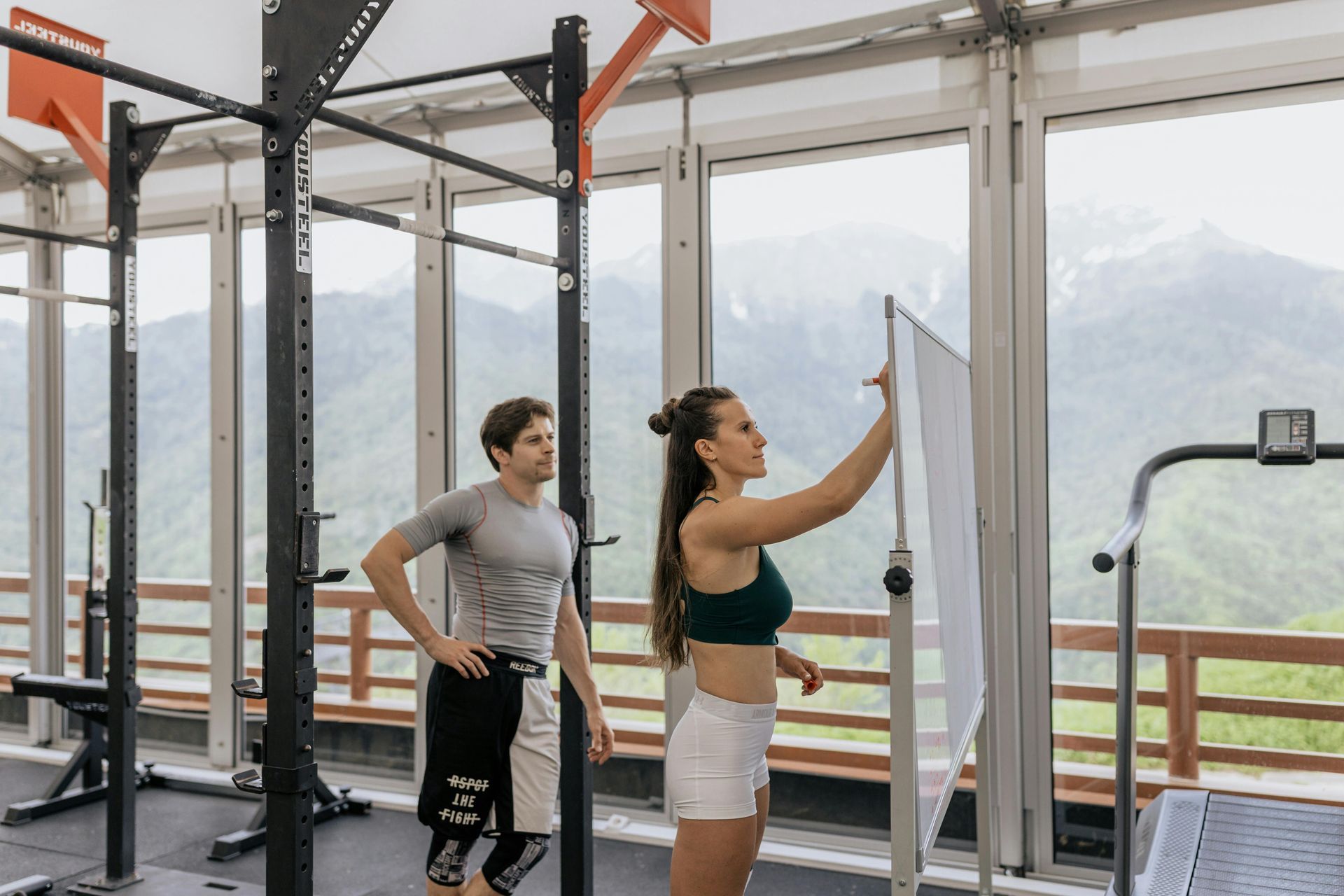
Just when everything seemed balanced—when the floor was filled with focused breathing, well-paced workouts, and beautifully braced hollow body holds—they returned. The Whiteboard Warriors. You know the type. First to yell “TIME!” like they just won the CrossFit Games. Slightly allergic to scaling correctly. Deeply committed to beating you… even if it means shaving a few reps when no one’s looking. They came in like storm clouds—old habits resurfacing, energy at 110%. Rick eyed them warily. “I thought we defeated them back in the burpee dark ages.” But the Whiteboard Warriors weren’t villains. They were just... stuck in old behavior patterns. Stuck in the old narrative: faster is better. Heavier is stronger. Winning is everything. It rattled the box at first. A few others started rushing their reps again. Hollow body holds got a little sloppy. The ghost of Uncle Pukie even peeked around the corner, curious. But the Hollow Body Heroes? They knew what to do. They didn’t confront with ego. They didn’t shame, argue, or compete. They simply led by example. They moved with intention. They scaled workouts when it made sense. They cheered loudest for the person finishing last—because effort, not time, was the standard. One of the coaches even pulled a Warrior aside after class and said: “It’s okay to slow down. Anyone can go fast. Few can move well. That’s what lasts.” And the wildest thing happened… the Whiteboard Warriors listened. One by one, they started asking questions. “Should I be bracing my core like this?” “Should I drop weight to improve form?” “What is a hollow body hold, and why does it burn like betrayal?” Little by little, they stopped chasing names on the board—and started chasing better movement. The culture held. The mission stayed intact. The community grew stronger, not just in body—but in values. Because in this box, there was room for intensity—but only after mechanics and consistency. There was room for competition—but only if integrity came first. And if you walked in now and looked around, you’d see something incredible: Whiteboard Warriors and Hollow Body Heroes working side by side. Sweating together. Pacing each other. Becoming better humans, not just better athletes. Coming Soon: Part 6 — “Legends of the Long Game” (Where recovery, patience, and the quiet art of showing up rewrite what success really means.)

It didn’t happen overnight. There was no parade. No trumpet fanfare. Just small moments stacking up, quietly, until suddenly—everyone noticed: The community had leveled up. It wasn’t just that people were hitting new PRs (although there were plenty of those). It wasn’t just that hollow body holds now lasted longer than bad country songs. It wasn’t even that Rick could now string together strict pull-ups without looking like he was fighting invisible demons. It was deeper than that. There was a new energy inside the box—one built on support, standards, and shared success. People weren’t just chasing their own goals anymore; they were pulling others along with them. Veterans no longer cared about "winning the whiteboard." They cared about building a foundation—for themselves and everyone else around them. Coaches still prompted reminders about mechanics and this time people listened. And members corrected themselves—sometimes even better, helped the person next to them tighten their hollow hold, or scale their workout smartly. Consistency wasn’t forced. It was culture. And when it was time for intensity? It wasn’t reckless. It was earned, respected, and directed. Every sprint, every lift, every hold had a purpose behind it. People paced smarter. Cheered louder. Lifted heavier—physically and mentally. The box became more than just a place to sweat. It became a place where standards mattered. Where hard things were done the right way, and growth was celebrated, not envied. And if you listened carefully after a long Saturday partner WOD, you could still hear someone say: "Remember Uncle Pukie ?" Everyone would laugh—because they knew: they had come a long way. This was more than fitness. This was a community that knew how to fuel, move, and grow—together. And the best part? They were just getting started. Coming Soon: Part 5 — “The Return of the Whiteboard Warriors (and How the Heroes Handled It)” (Where ego tries to sneak back in—and the community rises above.)
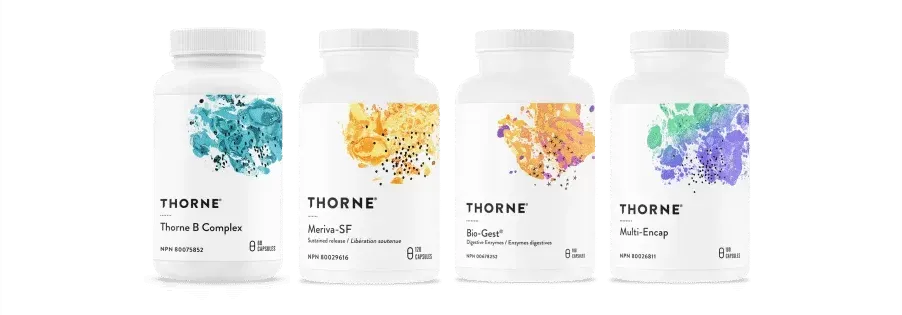
Lack of sleep, being stuck at a desk, too many late nights, over-exposure to the sun, and an unbalanced diet – each of these components of our modern lifestyle affects your body at the cellular level, leading to depletion of the important coenzyme, NAD+, and the resulting symptoms of early aging. Along with the effects of life’s daily stressors, the natural aging process causes your NAD+ level to decline. A decreased level of NAD+ slows down integral body functions, resulting in reduced vitality and early aging.* With NiaCel, you can make age feel like just a number. By adding Thorne’s NiaCel 400, with Nicotinamide Riboside (NR), to your daily wellness routine, you can boost your body’s level of NAD+, helping defend your body against the effects of early aging and optimizing your daily vitality.* The added support for NAD+ in NiaCel 400 is ideal for athletes, as well as those individuals with conditions that require more robust support for NAD+ levels.* Everyday Benefits of Thorne's NiaCel 400: NiaCel is great for more than healthy aging. Supplementing your healthy lifestyle with NiaCel 400 can also provide the following daily benefits: Increased level of NAD+ from an exclusive form of NR* Support for exercise efficiency, to help you reach your health and fitness goals* NR promotes cellular energy production in every cell of your body – helping you feel vibrant* NR supports a normal sleep-wake cycle for better nights and refreshing mornings* The betaine in NiaCel 400 promotes optimal methylation – supporting healthy daily detox processes and balanced brain chemicals* Additional NR provides optimal benefit for athletes, competitors, and individuals requiring increased support for a depleted NAD+ pool* Long-Term Benefits of Thorne's NiaCel 400: Although nothing can truly stop the process of aging, NiaCel 400’s ability to increase the body’s level of NAD+ and increase methylation is an excellent way to support healthy aging – supporting your long-term health and fitness goals by: Boosting NAD+ production to help your body and brain fight the effects of chronological aging* Supporting healthy cellular repair and metabolism* Promoting cellular energy production in the mitochondria* Supporting a weight management program* Helping protect the DNA in every cell from damage* Betaine promotes lean body composition by helping reduce body fat without negatively affecting muscle mass* What is NAD+? NAD+ – nicotinamide adenine dinucleotide – is a coenzyme found in every cell. Think of NAD+ as fuel for the cellular gas tank. As a key coenzyme, NAD+ plays an integral role in your daily and long-term health goals. The everyday level of your cellular energy production, as well as the regulation of your sleep-wake cycle, are beneficially influenced by NAD+.* Healthy levels of cellular energy and a proper sleep rhythm help maintain the pep in your step and a clear head. Because athletes need to know their supplements are trustworthy and compliant, every batch of an NSF Certified for Sport® product is tested for compliance with label claims and to ensure the absence of more than 200 substances banned by many major athletic organizations. Shop Warrior's Path Dispensary on Thorne's Website through this link here

After the Great Encounter with Uncle Pukie (may he stay forever banished), something shifted inside the gym. Gone were the reckless sprint-outs and “redline or bust” attitudes. In their place? A powerful focus. People started training differently. They stopped throwing themselves at workouts like gladiators trying to impress the each other. They started showing up like technicians. The warm-ups became more purposeful. Hollow body holds weren’t just rushed through anymore—they were owned. Held longer. Held better. (And okay, maybe held with a little bit of quiet whimpering, but still.) The old rally cries of “Go faster!” were replaced with: “Move better.” “Breathe.” “Hold the standard.” "Maintain proper range of motion." It wasn’t sexy. It wasn’t flashy. But it worked. Mechanics came first. Athletes drilled positions until they were automatic. Scaling was seen as smart. Consistency followed. Week after week. One good rep after another. Not chasing PRs every day, but stacking quality over time like bricks in a fortress. And then came intensity. But this time, it was earned, and it was deadly effective. When it was time to go hard, it was earned fire, not wild panic. Workouts that used to destroy them now made them stronger. They could pace. They could push. They could plank like statues and lift like Warriors. Around them, the world looked a little different too. Friends and family noticed they stood taller. Smiled more. Handled stress like pros. They weren’t just getting fit. They were becoming Hollow Body Heroes—strong in posture, strong in mind, steady under pressure. And Uncle Pukie? He still lurks, sure. But these days, he doesn’t stand a chance. Coming Soon: Part 4 — “The Day the Community Leveled Up” (Where PRs are celebrated, new faces are welcomed, and the ripple effect of one healthy choice turns into a wave.)

It was supposed to be a normal workout. The whiteboard said: “Cindy’s Revenge” 20-minute AMRAP: 5 Pull-ups 10 Push-ups 15 Air Squats Sprint 100 meters after every 5 rounds Simple enough, right? (Nope.) The warm-up felt good. Spirits were high. Music was loud. Someone yelled “LET'S GOOOO!” loud enough to scare the neighbor's dog outside. Then the clock beeped... and everything unraveled. At first, it was fine. Sets were fast, transitions sharp. But somewhere around Round 6 or 7, you could see it—the glassy eyes, the slow realization that 20 minutes was a long time when you sprinted like your hair was on fire after every 5 rounds. Breathing turned into wheezing. Push-ups turned into questionable belly-flops. Sprints turned into “enthusiastic shuffles.” And that’s when he showed up. Uncle Pukie. No one knows exactly where he comes from. Some say he’s summoned when ego outruns preparation. Some say he’s just part of CrossFit folklore. But there he was: a red-nosed, wobbly-legged clown, standing metaphorically behind everyone. Several of whom had decided today was the day to "go unbroken no matter what." , " Go big or go home" or maybe " Pacing? What's that?" Uncle Pukie doesn’t care about your PRs. He doesn’t care about your playlist. He cares only that you skipped the basics—mechanics, consistency—and jumped headfirst into reckless intensity! AND reckless intensity after eating garbage all weekend! The coaches handled it like pros and offered reminders like: “Remember: pace yourself next time.” “Mechanics, consistency... THEN intensity.” Hard lessons are sometimes the best teachers. By the time the 20-minute buzzer sounded, the floor was a battlefield of sweaty bodies, crumpled chalk lines, and a few fragile egos. But strangely enough... no one quit. Because in CrossFit—and in life—you don’t grow by avoiding hard things. You grow by surviving them, learning from them, and getting just a little smarter the next time the clown shows up. Coming Soon: Part 3 — “The Rise of the Hollow Body Heroes” (Where mechanics rule, pacing is king, and Uncle Pukie stays exactly where he belongs: in the distant background.)
Stop missing out
Lorem ipsum dolor sit amet, consectetur adipiscing elit, sed do eiusmod tempor incididunt ut labore et dolore magna aliqua.
